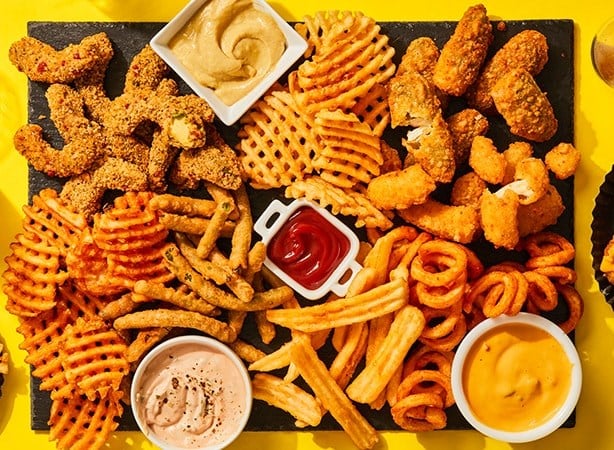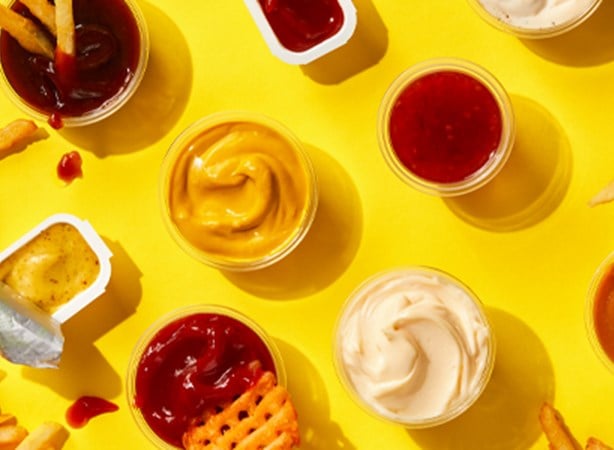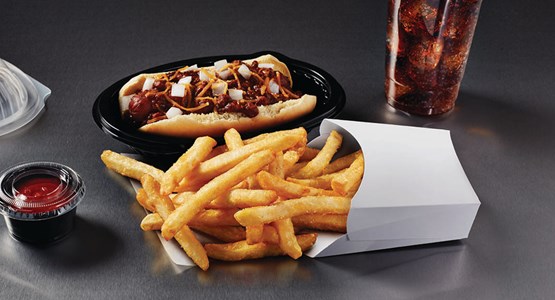
While casual-dining operators were among the first in the industry to offer order pickup at their restaurants, a growing number of these operators are now extending their off-premise reach by offering delivery.
Red Robin Gourmet Burgers and Brews, IHOP, Chili’s Grill & Bar and Darden Restaurants Inc., parent company of Olive Garden and LongHorn Steakhouse, have begun testing delivery or are expanding already successful delivery programs.
But while experts agree that delivery offers untapped business opportunities for savvy casual-dining operations, it can present challenges as well.
In "2018 Takeout, Delivery and Catering 5-Year Outlook for North America," a study published by Chicago-based CHD Expert in conjunction with Off-Premise Insights, the research team predicted that total off-premise restaurant sales will surpass $300 billion by 2023.
But as they grow their delivery sales, operators must ensure they are meeting their customers' demands. Three in five consumers say food quality is most important to them for off-premise occasions, followed by affordability, order accuracy, timeliness and speed of delivery, the study says.
Maintaining Quality
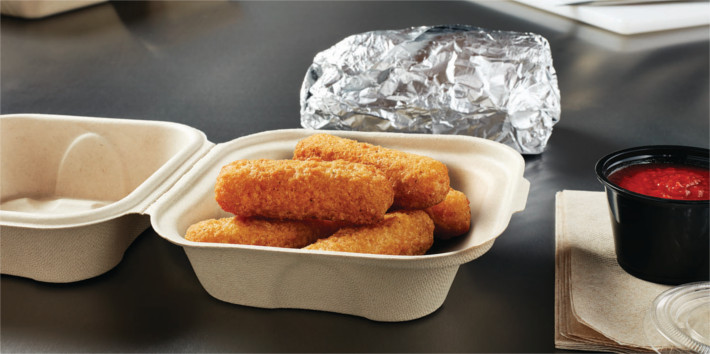

Casual-dining consumers expect delivered food to be high quality. “The higher the check average, the higher the expectation,” says Dean Small, founder and managing partner for Synergy Restaurant Consultants in Newport Beach, Calif. For example, “If you’re getting fried rice in a typical carryout box, it’s only $7 so there is not a high expectation,” he says. “If you order chicken piccata and it’s $22, then you have to have a decent box to put it in.”
The box of choice has traditionally been a polystyrene container, but some municipalities have acted to ban the material. As a result, operators must find other packaging that keeps the hot food hot, the cold food cold — and even better, is microwaveable. In addition, boxes should have vents to ensure foods such as fried potatoes, mozzarella sticks and onion rings remain hot and crispy. Also, it helps to add paper napkins between layers of fries, and within the container, to insulate the food and to absorb moisture. For more packaging tips, download the McCain® Takeout & Delivery Operator Guide.
Cost Competition
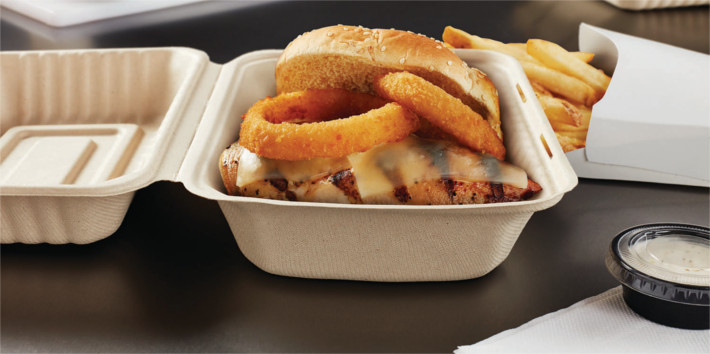

Certainly, affordability poses another challenge to casual-dining operators looking to cash in on the growing delivery trend. “Price competition with fast-casual and quick-service operators makes it more difficult for casual-dining restaurants to gain the attention of consumers,” says Gina Gapp, lead researcher for the CHD study.
Gapp suggests one solution is to leverage special pricing for limited time offers and promotions. “We also expect to see more casual-dining restaurants offering online-only menu items that are designed to be price competitive and more desirable for delivery."
Third-Party Delivery
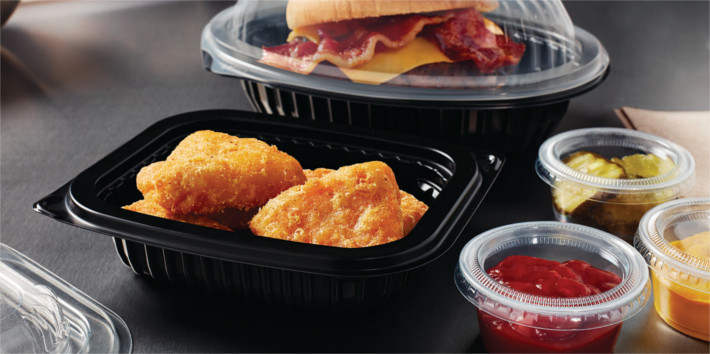

Many operators are expanding delivery capabilities by partnering with third-party delivery companies. But that in itself can present challenges for franchised companies. “The biggest barrier is finding a delivery partner whose coverage matches your footprint,” says Linsey Case, senior marketing manager for Cincinnati-based Buffalo Wings & Rings. “A lot of that work falls into the hands of franchisees. We’ve given them tips and tools on what questions to ask and what to avoid to make the delivery partnership successful.”
Operators should test various delivery companies before committing to one, says Ed Doyle, president of RealFood Consulting in Boston. “We recommend clients order food through the delivery service, from home on their day off,” he says. “We want to know what happens to the food when it gets shaken in the car. Does the soup leak? How does your sandwich hold up in a clamshell?”
Another challenge is that if a franchisee signs up with multiple delivery partners, kitchen staff must keep track of several tablets at once showing individual incoming orders. Case says Buffalo Wings & Rings solves that issue with technology that sends the order directly to the restaurant’s point of sale system.
Also, operators should see what bags the third-party delivery uses, and whether the restaurant’s logo is visible. “What is your brand presence at the point of delivery,” Doyle says.
Lack of Data
The loss of brand presence or identity is another risk operators might run when offering delivery. “Control of data is a huge issue,” says Malcolm Knapp, founder of Malcolm Knapp Inc. marketing research and analysis in New York. “If you have an aggregator like Grubhub they don’t give you the customer data.”
That’s what happened to the hotel industry, Knapp says, with the advent of third-party websites such as Priceline. “People stopped going to hotel websites to book online, and hotels lost control of their customers,” Knapp says. Darden Restaurants Inc. recently announced it was testing delivery, but acknowledged that control of customer data presents a hurdle when partnering with a third party.
Operators can retain this important data by encouraging customers to order directly from the restaurant’s website.
Incentives can range from a 10 percent discount for signing up for loyalty programs, to $5 off the first online order if the customer shares their email address, to seasonal discounts on limited time offer menu items if the diner orders online.
For operators who can overcome these barriers, delivery can provide incremental revenue while attracting new customers. According to Technomic’s Transaction Insights, in 2017 the average spend on a third party delivery order was $32.01, which was up 3 percent from the previous year. Overall, customer spend on third party delivery was up 27 percent year over year.
More evidence on the growth of delivery comes from NPD Group. According to its Future of Foodservice Snapshot: Restaurant Delivery, delivery has grown while restaurant sales are flat. The last five years has seen a 20 percent increase in delivery sales and 10 percent gain in delivery foodservice visits.
The key is to follow best practices when it comes to packaging, products, partners and other details. For tips on how to attract customers for takeout & delivery, visit Takeout & Delivery.
